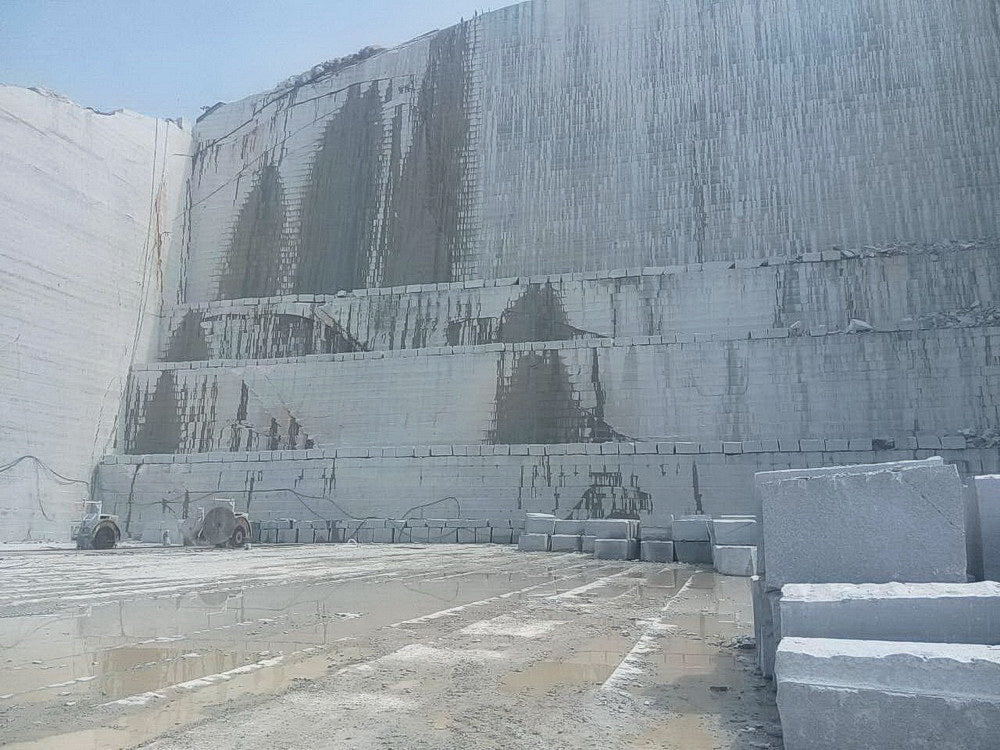Travelling Via Granite Quarries in South Africa: A Visual Odyssey
Travelling Via Granite Quarries in South Africa: A Visual Odyssey
Blog Article
Unveiling the Mysteries of Granite Quarrying: Where Stamina and Style Meet
The world of granite quarrying is a world where the raw strength of nature assembles with human virtuosity to create structures that stand the examination of time with an air of style. From the midsts of quarries to the thorough polishing in workshops, the process of changing granite right into building wonders is a complex dance of custom and development. As we peer into the depths of this ancient craft, we begin to discover the concealed details that form the very significance of our developed setting.
The Beginnings of Granite Quarrying
In the record of architectural background, the origins of granite quarrying are shrouded in a tapestry of old craftsmanship and geological wonders. Going back to old Egypt and Mesopotamia, the removal of granite from quarries noted the start of a journey that would ultimately cause the development of several of the globe's most legendary frameworks.
Granite quarrying's origins can be mapped to the skilled craftsmens that identified the rock's longevity and visual allure. With a mix of primitive tools and sheer determination, these early quarry employees uncovered granite blocks that would certainly end up being the foundation of worlds.
As worlds developed, so did the methods of quarrying granite. The Romans, renowned for their engineering prowess, developed innovative approaches for drawing out granite to build monuments, holy places, and roadways that stood the test of time.
The legacy of these old quarrying methods remains to shape modern architecture, with granite continuing to be a sign of strength and elegance in building and construction jobs around the globe. (granite quarries in south africa)
Devices of the Quarrying Profession
The advancement of granite quarrying methods from ancient worlds to contemporary times highlights the crucial role played by the devices of the quarrying trade in forming the market's practices. In old times, quarrying tools were simple, frequently including blades, hammers, and wedges made from materials like bronze or iron. These devices required substantial manpower and time to remove granite blocks from quarries.

Additionally, the introduction of pneumatically-driven devices and high-powered equipment has actually significantly reduced the physical labor required in quarrying operations, enhancing worker safety and productivity. As the quarrying industry remains to innovate, the devices of the profession check my source continue to be at the center of driving progress and forming the future of granite removal.
Drawing Out Blocks of Granite
Making use of precision machinery and progressed techniques, the removal of granite blocks from quarries has actually ended up being an advanced process in the modern-day quarrying industry. Regulated blasting strategies are then used to break apart the granite right into manageable areas.

Sprucing Up and Completing Techniques
To attain a perfect surface on granite blocks, knowledgeable artisans employ a series of thorough polishing and advice completing strategies. After the preliminary extraction and forming processes, the granite obstructs undergo a thorough sprucing up phase to improve their natural appeal and resilience. One usual technique used in polishing granite is ruby abrasion, where industrial rubies are used to grind and brighten the stone to a smooth surface. This procedure not only develops a lustrous surface area however also makes sure uniformity in color and appearance across the granite block.
In enhancement to sprucing up, completing strategies are used to more improve the granite's look. By very carefully choosing and applying these polishing and finishing methods, artisans can transform raw granite obstructs right into Source charming pieces that showcase both stamina and beauty.

Ecological Impact and Sustainability
With the growing focus on ecological awareness in the industry, granite quarrying practices are progressively looked at for their influence on natural resources and long-lasting sustainability. Furthermore, the transport of granite from quarries to refining centers creates carbon exhausts, better contributing to environmental deterioration.
To alleviate these influences and make certain sustainability in granite quarrying, sector stakeholders are adopting various measures. Executing sophisticated innovations to minimize energy usage and water usage, recovering quarried land for environmental remediation, and advertising responsible sourcing practices are some techniques being employed. Qualifications such as the Woodland Stewardship Council (FSC) and the Leadership in Energy and Environmental Layout (LEED) aid customers determine ecologically friendly granite items.
Verdict
Finally, granite quarrying is a procedure that needs specialized tools and strategies to essence blocks of granite and brighten them to a high level of coating. While the environmental impact of quarrying can be substantial, efforts are being made to boost sustainability practices in the sector. In general, granite quarrying is a fragile balance in between taking advantage of the strength and sophistication of this natural rock while minimizing its effect on the environment.
Report this page